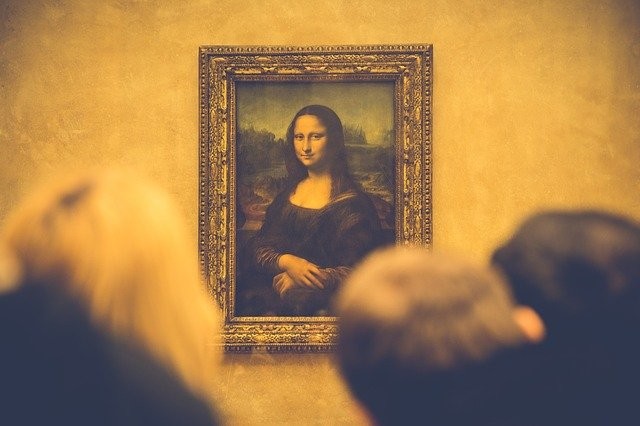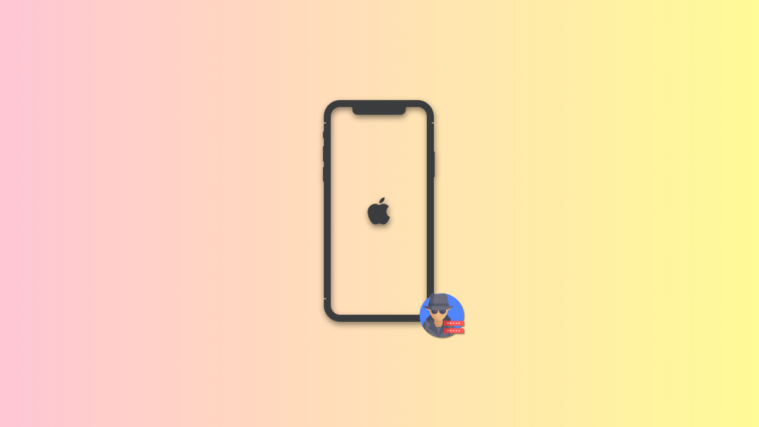You’ve just recently, in the past couple of days perhaps, heard the term NFT being thrown about in conversations oveer cryptocurrency or seen it online in regards to something called crypto art and are wondering what the deal is. Crypto art? What does that even mean? Is someone making digital paintings about Bitcoin? Well, yes, almost certainly, but that’s not what we’re here to talk about.
We’re talking about something called nonfungible tokens (NFT), something that has suddenly become all the rage in the crypto space. But what exactly is an NFT? How does it work? And why is it so important to crypto enthusiasts and laymen alike?
What is an NFT in Crypto?
NFT stands for nonfungible tokens but let’s break this down into greater details below.
First, What Does “Non-Fungible” Mean?

NFTs derive their name from the fact that they are nonfungible. This means that they are not freely interchangeable with other, identical items as a steady store value.
Things like cash, cryptocurrency, gold, oil and shares are all examples of items that hold value but are not individually unique and can be exchanged with another of their type. Non-fungible items are items that are entirely unique and cannot be exchanged with another of their type. Things like artwork, collectibles, land, or cut diamonds are considered non-fungible because, though they store value, there are unique characteristics to each individual item that can add or subtract from its value.
For example, old school Pokémon cards that are out of print and running for high prices right now are considered non-fungible because, though there exists multiple copies of a specific card, each one has accrued a number of unique characteristics — like condition, packaging, age etc. the same goes for paintings, which make each one unique and impossible to exchange 1:1 with others of its “type”.
Because of this, unlike items like cash, or gold, these items cannot be standardized in value to make free exchange objectively simple.
For example, if I owned a certain amount of gold, it could be easily valued according to a standardized rate that would allow me to exchange it for Fiat currency of demonstrably equivalent value. I could then take that currency and use it to purchase cryptocurrency for the same value — all of this is possible because, within each class of item, all items are identical. Gold is gold, cash is cash, shares are shares. If you take my 20$ and give me another 20$ bill, the exchange is perfectly equivalent despite them being separate notes.
In the case of land, however, each plot is entirely unique – the prices may rise and fall by general location, but each individual plot of land has its own unique characteristics that make it distinct from even adjacent plots. This is why if I give you $100 and you give me $100 worth of gold, we’re both happy. But exchanging two pieces of land does not necessarily mean that an equivalent value has been exchanged.
How This Applies to Crypto

While cryptocurrencies are themselves completely fungible — for example, any one Bitcoin is exactly the same as any other Bitcoin — a non-fungible token is a digital “token” that is utterly unique — for example, a set of digital furniture, — whose ownership is verifiable via the Blockchain.
Even if you replicate the item itself, it is completely distinguishable from the original via the unique timestamp and transaction history recorded in the blockchain. This is a very important feature of NFTs because it proves the authenticity of ownership of a digital asset. If you own the original, it is readily apparent. While master forgers can forge a famous painting that could fool many experts, anybody with a monitor can instantly know whether or not the NFT you’re holding is the real McCoy.
This has applications across a variety of use-cases: Gaming, music, art, collectibles and essentially any other digital asset. One of the best features of NFTs, besides the emerging possibilities that provable scarcity and authentic digital ownership themselves evidently provide, are features in some NFTs that allow the original creator to get a cut of the transaction whenever the original is sold or traded.
This, overall, constitutes something of a seminal moment for digital art. For example, on websites like Artstation or DeviantArt, a high-res copy of the artwork is never more than a Ctrl+C away, whereas an NFT has demonstrable “originals” — something normally reserved for traditional artists.
In the case of gaming, one of the noblest aspects of NFTs is their decentralized existence on the blockchain. To understand just how Monumental this is, think about all the money that’s been spent on Hearthstone. Or Fortnite skins. Or Rocket League decals.
Now think about the fact that all of the data of literally every single one of those items is stored on private, centralized servers that are run and maintained by their respective entities; should any of them go out of business or their servers become compromised, it all vanishes – every single one. Anything you’ve ever paid for is gone in one instant as the data that constituted them ceases to exist. Whereas an NFT exists, in and of itself, on the blockchain.
If I buy an NBA NFT, even if the NBA Topshot servers or annihilated in a freak asteroid strike, everything I purchase from them will remain in existence right on the blockchain. This seems like such an obvious step up from the old paradigm of centralized servers in the context of digital assets that it’s almost hard to understand why we ever accepted the old way of doing things in the first place. I mean, would you buy a Mercedes if the car ceased to exist if Mercedes went out of business?
Why Are NFTs So Popular All of a Sudden?
You might have just heard of NFTs the other day, but rest assured they have been a salient part of the blockchain for quite a few years now. The first gigantic use case of NFT that really hit its stride us the popular Ethereum-based video game, CryptoKitties, which allowed players to trade, raise and breed digital cats. Each cat is an NFT and owned by players, freely tradable in the marketplace and sometimes going for something close to $1 million. And that was just an early example of NFTs.
Grimes recently sold her collection of somewhat unsettling demonic cherub-heavy crypto art for six million dollars, selling out in just 20 minutes flat. As we alluded to earlier, the NBA itself has Become something of an early adopter with the new NBA topshots venture in which players can purchase and trade in blockchain minted collectibles.
Christie’s, the famous auction house, has also been getting in on the action with digital art auctions with the artist, Beeple. All of these together have increased the pace at which people are purchasing NFTs and becoming more interested in cryptocurrencies like Ethereum that support smart contracts, decentralized apps, and NFTs.
If you’re interested in purchasing your own NFTs, one of the best places to check out active marketplaces is straight through Ethereum.org where you can find a variety of dApps dedicated to e-commerce and gaming.
Resting on any NFTs yourself? Post ’em. And let us know any other NFT or crypto-related questions — we’d love to help.





